Disc and Rim Brake Aero Drag
Until 2016 disc brakes were practically non-existent in triathlon and time trial bikes. With the surging popularity of disc brakes in road bikes we are now seeing new triathlon specific models also utilizing disc brakes.
The perception of many triathletes is that disc brakes are not necessary for their riding requirements. The main point identified by detractors is the belief that disc brakes are an aerodynamic penalty. In the eyes of some the potential benefits of disc brakes do not outweigh any aerodynamic sacrifice.
If disc brakes were aerodynamically neutral, or even superior, there would be far less objection to adopting the technology in triathlon. This article won't advocate for the mechanical functionality of disc brakes, but will focus on their aerodynamic performance compared to rim brakes.
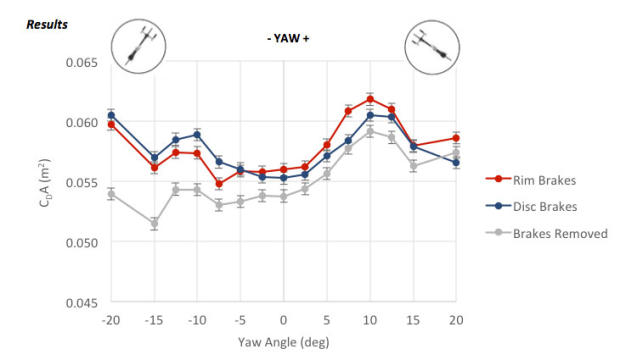
Qualification
The biggest objection from the triathlon community to disc brakes is that they are aerodynamically inferior to rim brakes. However, there is not a significant amount of strong data on the subject. Herein are some wind tunnel results of a bike tested with both disc and rim brakes. This data is a sample from our ongoing aerodynamic research at Cannondale.
There is a limit to this testing. Modern triathlon and TT bikes are integrated systems. To date this has included the development of integrated rim brakes, and a bike designed around rim brakes is unlikely to perform as well with disc brakes if they are added as an afterthought. The reverse also applies. While this will always be a difficult question to answer perfectly, it is possible to provide some insight.
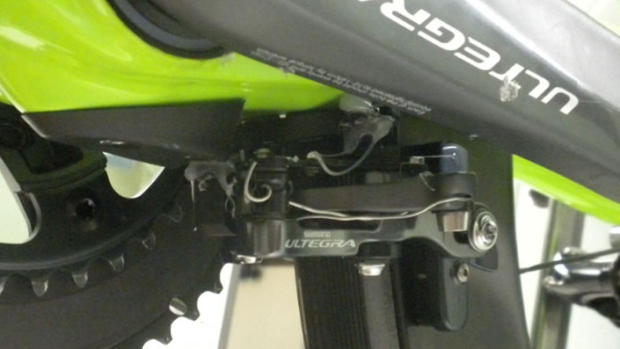
Wind Tunnel Tests
We took a prototype TT frame and tested it in the San Diego wind tunnel with both disc brakes and rim brakes. This frame was designed for disc brakes and so had flat mount fixtures in the fork and chain stay. The disc brake setup used standard Shimano flat mount hydraulic calipers and centerlock rotors (160mm front, 140mm rear). The rim brake setup used a TriRig Omega front brake attached at the fork crown and a Shimano direct mount brake mounted under the chainstays.
As noted, this is not a fully integrated solution for rim brakes as may be seen on some models. However, the two braking setups are similar in their level of integration. Furthermore, this style of rim brake configuration remains common on many TT and triathlon bikes and does not restrict the results to proprietary components. This configuration is also the same as that used by Cannondale athletes at the Ironman World Championships in Kona this year.
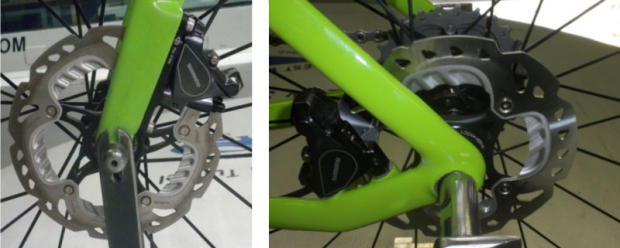
All runs were conducted with a bicycle only. The same wheelset was used in both configurations; however, rotors were removed for the rim brake test.
The chart above and table below show that there is very little separating the two braking systems. It is unsurprising to see the curves follow a similar shape as the rest of the bike is unchanged and therefore dominates the overall profile. However, some differences can be seen. There is a crossover point in the curves. In the negative side of the yaw curve the rim brakes have lower drag (beyond -5 deg). However, towards the positive side (at yaw angles greater than -5 deg) the disc brakes have lower drag. In these tests negative yaw angles are defined as non-drive side windward. Positive yaw is then drive side into the wind.
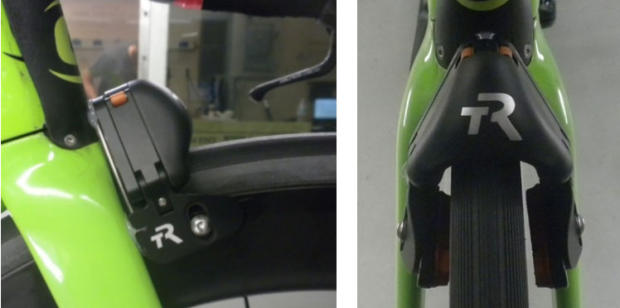
Given what we know about the primary importance of low yaw angle performance, this graph shows disc brakes to have a very slight advantage over the rim brake configuration. However, this is minimal given the uncertainty of the wind tunnel test.
These wind tunnel results include data for the bike with no braking system installed. It should be noted that this should not be taken to represent a fully integrated braking system. Even for a fully enclosed rim brake system the brake pads and shoes must remain close to the rim and so exposed to the air. Furthermore, the volume and frontal area of the frame must increase in order to accommodate braking hardware.
Table 1 below shows the numerical average of CDA over different yaw angle ranges; between ±5, ±10 and ±15 deg.

Limitations
Like any wind tunnel investigation, these results are limited to the scope of this test. It has already been stated that the level of integration of either braking system will affect the results. In addition, the same wheels and hubs were used in all tests. In some cases, a wheel with rim brakes can potentially have a smaller hub and lower spoke count which may provide an additional small reduction in drag.
Conclusions
For the bicycle configuration used in this test, it was found that disc brakes have slightly lower drag than an equivalent rim brake solution averaged over ± 10 degrees yaw. Disc brakes had lower drag over the majority of the yaw curve, however, at high negative yaw the rim brake configuration had slightly lower drag.
While this result is not universal, and does not encompass fully integrated systems of either brake type, it shows that the perceived increase in aerodynamic drag due to disc brakes is false. A bicycle designed around a specific braking system has the potential to better integrate components than seen here and so could reduce drag further. However, each braking solution offers opportunities to optimise different parts of the whole bicycle system. For example, while rim brakes may be integrated into the fork crown, this then dictates dimensions around the fork, head tube and down tube junction. Disc brakes remove the constraints in this area but move them to the fork leg.
The results show that disc brakes do not necessarily result in an increase in drag. This is subject to how the brakes are integrated into the system, however, the blanket statement that disc brakes are slow is not accurate.
References:
Data from LSWT 1611 – Runs 117, 126, 128



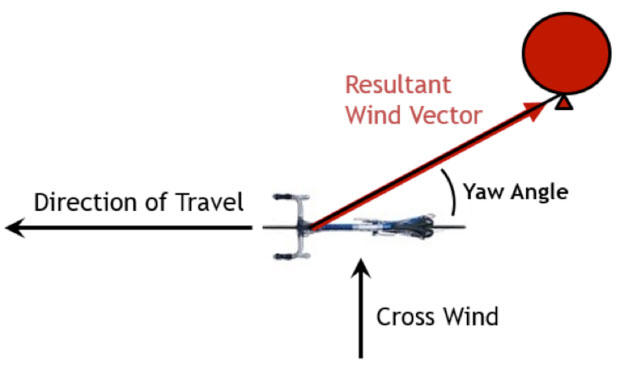
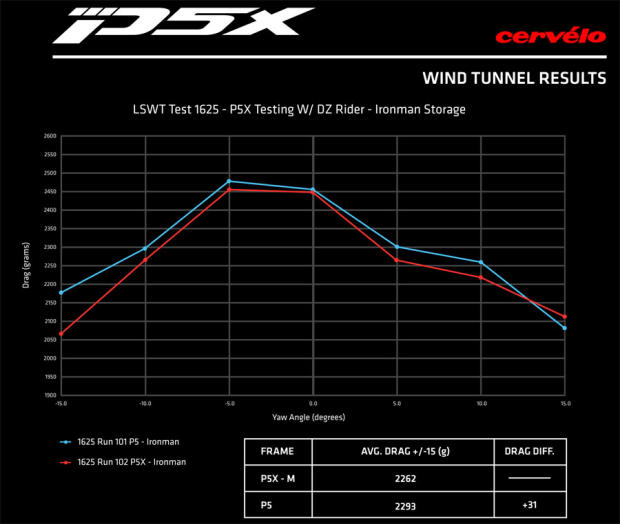
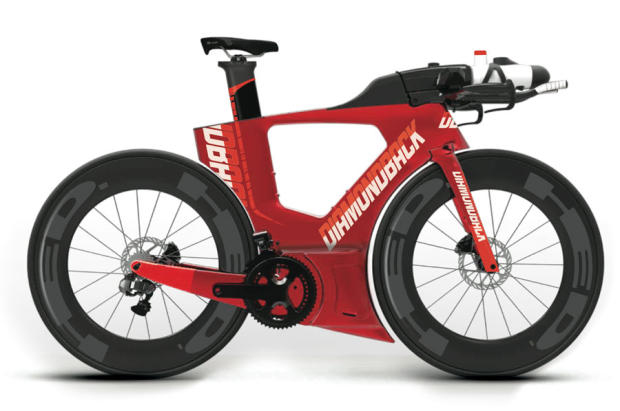

Start the discussion at forum.slowtwitch.com